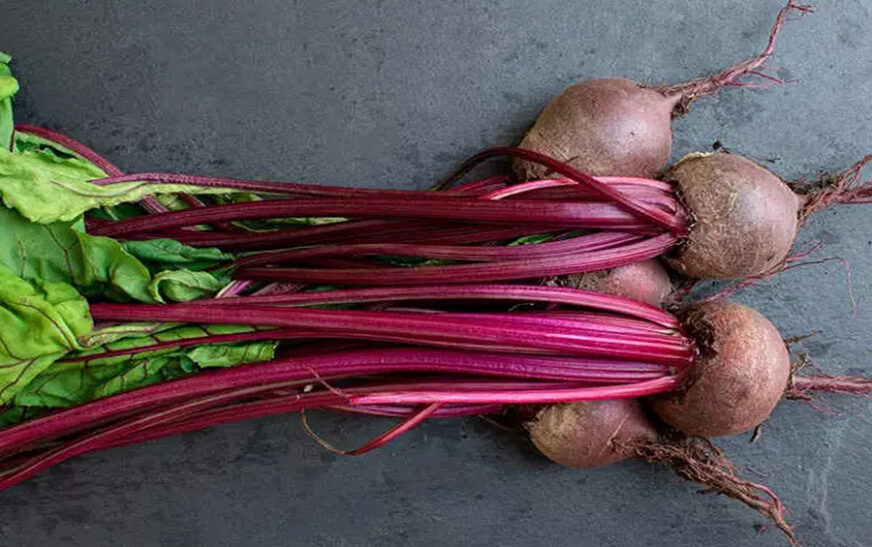Exploring the Colorful World of Bell Peppers
Bell peppers, scientifically referred to as Capsicum annuum, are a delightful addition to any meal, offering both flavor and a vibrant array of colors. From green to red, yellow, and even purple, these peppers not only enhance the visual appeal of dishes but also pack a nutritional punch. Let’s dive into the nutritional value, health benefits, culinary versatility, types, buying and storage tips, as well as precautions and potential side effects of bell peppers.
Nutritional Bounty of Bell Peppers
Bell peppers are a nutritional powerhouse, despite being low in calories. They offer essential vitamins such as vitamin C, supporting the immune system, along with vitamins A, B6, and K. Additionally, they provide minerals like potassium and folate, alongside dietary fiber for digestive health. Rich in antioxidants like beta-carotene, bell peppers help combat oxidative stress in the body.
Harnessing Health from Bell Peppers
The health benefits of bell peppers are manifold. Their high vitamin C content boosts immunity, while carotenoids like beta-carotene promote eye health. With their fiber content aiding digestion and low calorie and sodium levels supporting heart health, bell peppers also facilitate weight management.
Culinary Versatility Unleashed
Bell peppers shine in various culinary creations. Whether enjoyed fresh in salads or as a crunchy snack, stir-fried to add flavor to dishes, roasted to enhance sweetness, or stuffed with delectable fillings, their versatility knows no bounds.
Exploring Bell Pepper Varieties
Bell peppers come in a spectrum of colors, each offering a unique flavor profile. From the slightly bitter green peppers to the sweet and ripe red ones, the milder yellow peppers, and the tangy orange ones, there’s a pepper for every palate and dish.
Selecting and Storing Bell Peppers
When choosing bell peppers, opt for firm, glossy ones without wrinkles or soft spots. Store them in the refrigerator in a plastic bag for up to two weeks, ensuring to refrain from washing them before storage to prevent moisture buildup.
Cautionary Considerations
While generally safe, individuals should be mindful of potential allergies and digestive discomfort associated with bell peppers. Cooking them can aid digestion for some individuals, while those with allergic reactions should seek medical advice.
Addressing Common Queries
From suitability for acid reflux diets to nutritional differences between colors, freezing for long-term storage, and removing pesticides, bell peppers offer versatility and nutrition, catering to various dietary needs and preferences.
In conclusion, bell peppers emerge not only as a colorful addition to culinary creations but also as a nutritional powerhouse supporting overall health and well-being. With their rich flavors and diverse applications, bell peppers continue to entice palates and nourish bodies, making them a staple in kitchens worldwide.










